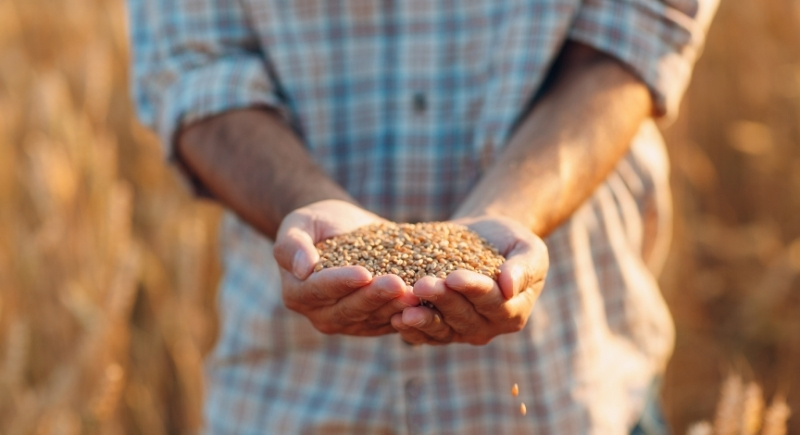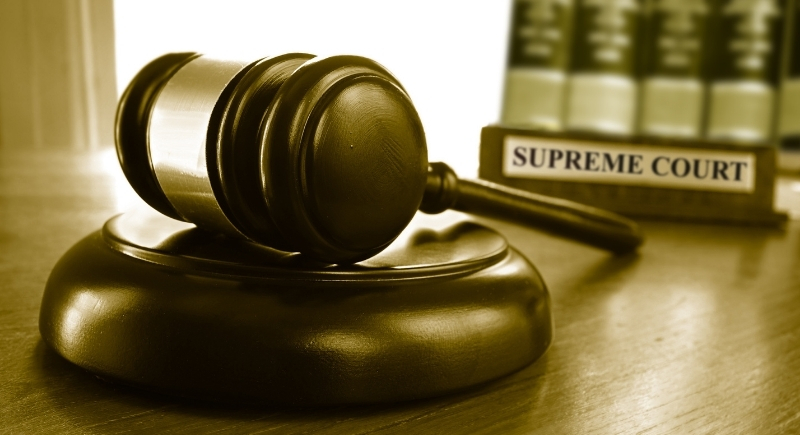How One Company Made It a Crime for Farmers to Replant Their Own Harvest
Have you ever thought about the seeds we eat and plant? For centuries, farmers followed the same rhythm: plant the seed, harvest the crop, keep some aside for the next season, and use the rest as food. That cycle carried on for generations—until it was broken. One corporation patented genetically modified seeds and turned to the courts to stop farmers from reusing what they had grown.
What started as a business contract soon reached far beyond individual farms. International trade agreements and intellectual property rules spread the model worldwide, and many governments put civil regulations in place. A practice once rooted in survival and tradition was suddenly treated as something that could be restricted, regulated, and owned.
The Seed That Came with a Contract

Image via Canva/primipil
The company that started it all was Monsanto. It began as a chemical manufacturer in the early 1900s and would produce everything from artificial sweeteners to industrial-grade chemicals. But by the late 20th century, Monsanto had rebranded itself as a biotech giant and turned its focus to agriculture.
One of its key innovations at the time was genetic engineering. Monsanto developed seeds that could survive direct spraying of glyphosate, a powerful weed-eliminating chemical. Glyphosate was the main ingredient in Roundup, another Monsanto product. These new seeds, branded as “Roundup Ready,” allowed farmers to get rid of weeds while leaving their crops untouched. Many farmers welcomed the technology. It saved time, required less tilling, and promised higher yields. But the convenience came with conditions.
The biotech corporation required farmers to sign licensing agreements. The fine print made it clear: no saving seeds after harvest. Each growing season, farmers had to buy new seeds. Since Monsanto held patents on the genetic traits inside those seeds, the company could enforce that rule in court, and it did.
What Caused the Legal Battle
However, one farmer challenged that control. Vernon Bowman, based in Indiana, bought soybeans from a local grain elevator, rather than Monsanto. These beans were intended for animal feed, but Bowman planted them. And when glyphosate didn’t take care of them, Bowman saved part of the harvest and planted again.
That move broke the company’s rules, and it sued. The case went all the way to the U.S. Supreme Court, which sided with the biotech giant. It ruled that Bowman had violated patent law by planting and reproducing protected seeds without permission. The Court said each new use of the seed counted as a separate act. Eventually, Bowman paid damages, and the ruling set a precedent.
How The Ruling Changed Global Seed Policy

Image via Getty Images/zimmytws
The Supreme Court’s decision in Bowman v. Monsanto didn’t stay confined to one farmer’s field. It mirrored a broader shift already underway: seeds were being pulled into the framework of global intellectual property law. Agreements like TRIPS and UPOV gave weight to this approach, and governments moved quickly to bring their own rules in line.
Once, patent law mostly covered machines or electronics. Now it extends to living organisms, placing seeds under the same kind of private ownership. Trade agreements lock this in by requiring countries to honor seed patents or plant variety protections.
Those obligations come with teeth: penalties for violations, and restrictions on exchanging, saving, or selling seed. In some countries, farmers who hold back part of a harvest risk lawsuits. Inspections can arrive unannounced, and officials may seize stored seed, destroy crops, or impose fines.